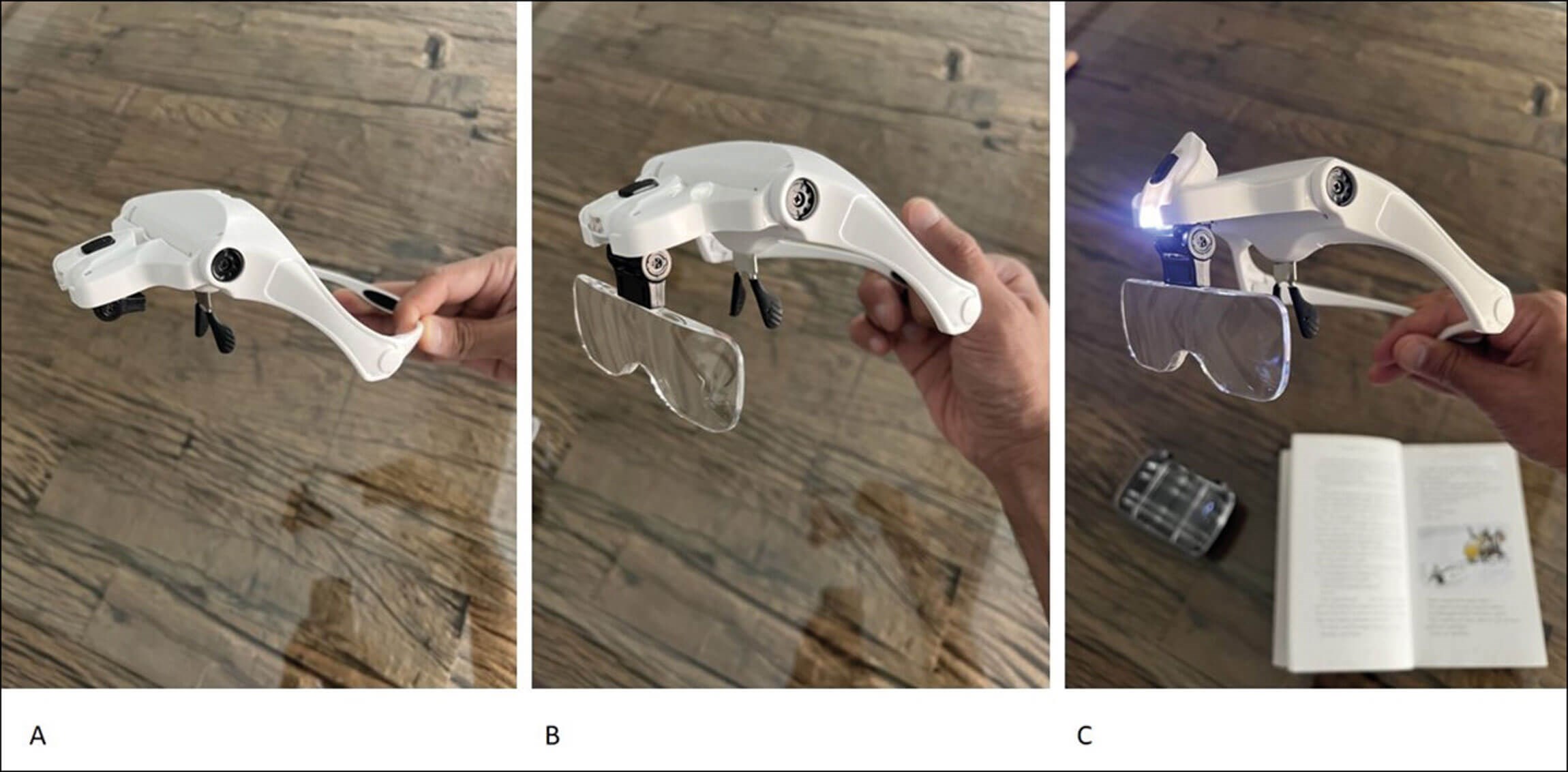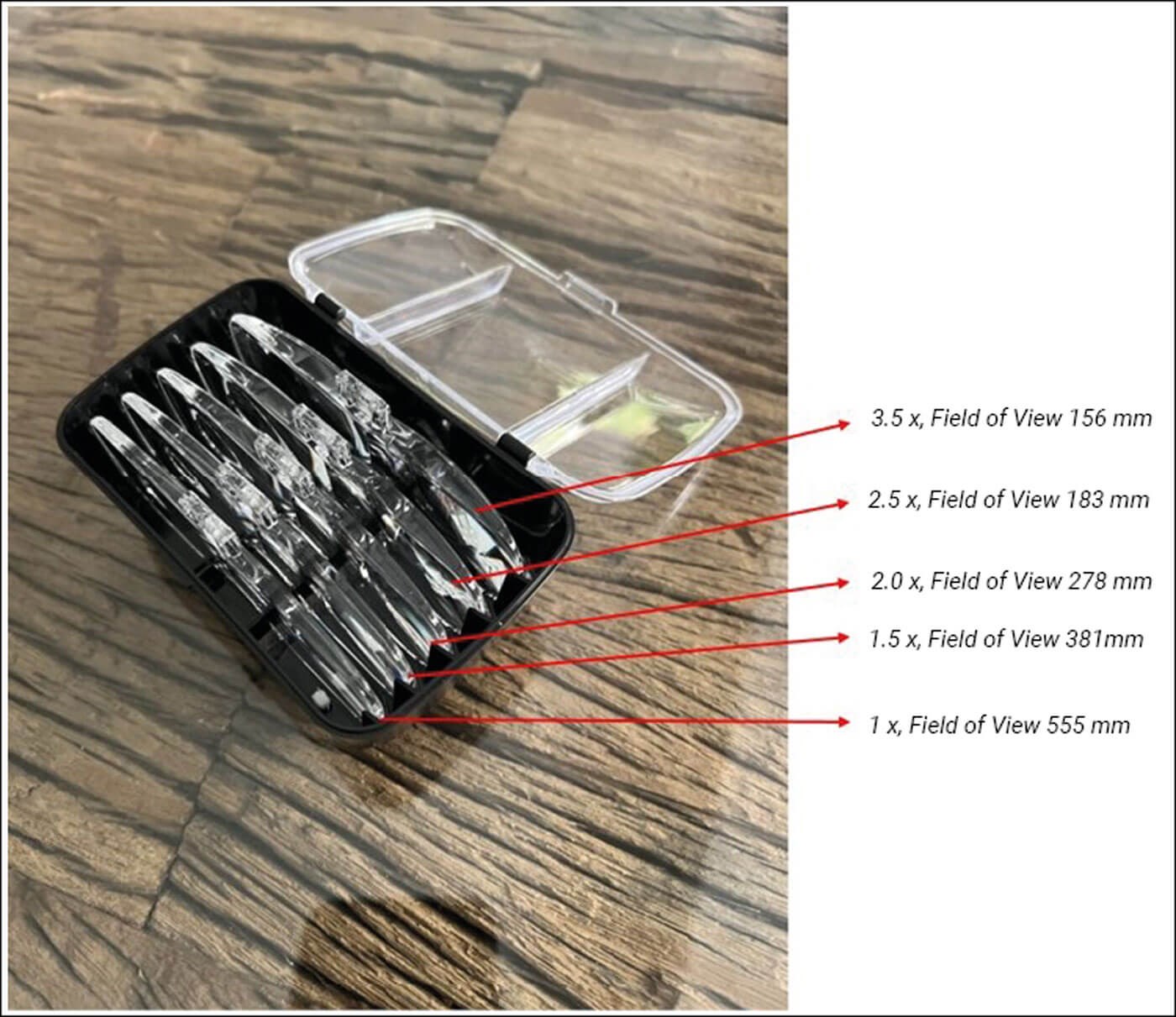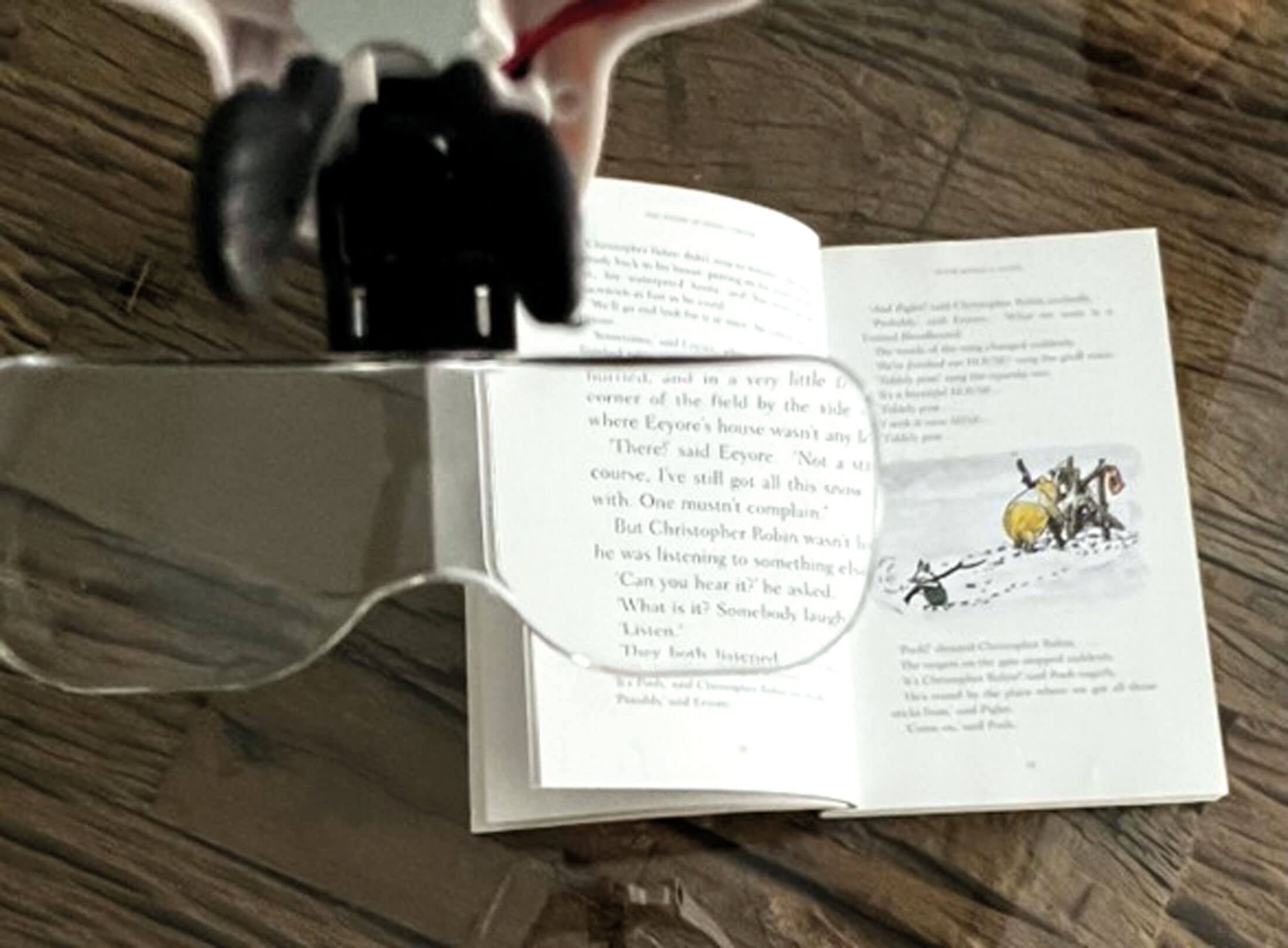Surgical loupes are an integral part of ophthalmic surgery on the ocular surface and in the periocular area. Available in different magnifications, they provide a clear view of the field of surgery which can greatly assist in identifying fine structures and ensure optimal outcomes. Commonly used magnification levels range from 2.5 x to 3.5 x with many leading manufacturers providing excellent options.
Additionally, loupes also provide a significant ergonomic advantage. One can remain in a healthy and comfortable posture whilst performing close and detail-oriented work.
In terms of options, they come in two types: through-the-lens (TTL) and flip-up. With TTL, the optics are built into the lens of the frame, while the optics of the flip-up loupe are attached to an adjustable mechanism that allows the user to manually flip out the loupe when not in use. Whilst flip-up versions are more off-the-shelf, TTL versions can be designed specifically to fit the user’s facial dimensions, prescription needs, and personalised magnification. For both, an important measurement that must be available at the time of purchase is the interpupillary distance, which is unique to every surgeon. However, this does often mean that not every other team member can use the same loupe if needed.
Commercially available loupes, whilst of excellent quality, can have some limitations:
- They are expensive and can range from £200 up to £1000. For trainees, and in many lower income areas internationally, this can be prohibitive. Particularly if trainees are thinking of acquiring loupes only for an oculoplastic rotation but may not intend to pursue this subspecialty long term.
- Given their design, they have a restrictive field of view and any work that’s done outside the magnification area (such as taking instruments from the assistant) requires some getting used to and manoeuvring of head / gaze position.
We have recently used an alternative which we feel addresses both the above. More recently, cheap and functional magnification glasses have become available which can be acquired from online retailers such as Amazon (search for “eyeglasses bracket / headband interchangeable magnifier with 2 LED”) (Figure 1).

Figure 1: (A) frame only, (B) with lens inserted (C) with LED light.
Their design is very simple and consists of a frame which is worn like regular glasses. At the front is a clip into which can be placed lenses of different magnification (these are provided in the pack). Magnification can range from 1 x to 3.5 x, and there is also a built-in LED light source for illumination (Figure 2).

Figure 2: Lenses with magnification powers and fields of view.
As there are no individual lenses for each eye that must work together to create stereopsis, interpupillary distance is not required and the same set can be used by many different team members.
Additionally, they are very economical, costing around £50, allowing them to be easily acquired by trainees and health care workers internationally. Moreover, we have found that their design causes very minimal restriction to the field of view, making them a very good starting option for trainees (Figure 3). They have also been very useful in certain difficult situations in clinics, such as injecting viscoelastic into the anterior chamber, or to do an aqueous tap where the patient wants to lie flat on a bed and cannot manage the procedure on a slit-lamp (such indications would usually require transfer to the operating theatre in the UK, but internationally may have to be managed on an outpatient basis).

Figure 3: Demonstrating wide field of view and ease of use.
In summary, these simple magnifiers can provide a cost-effective and user-friendly alternative to more expensive surgical loupes. As the practitioner advances in their career, they can then move on to formal loupes in keeping with career progression, local economic factors and skill level.
Declaration of competing interests: None declared.
COMMENTS ARE WELCOME







